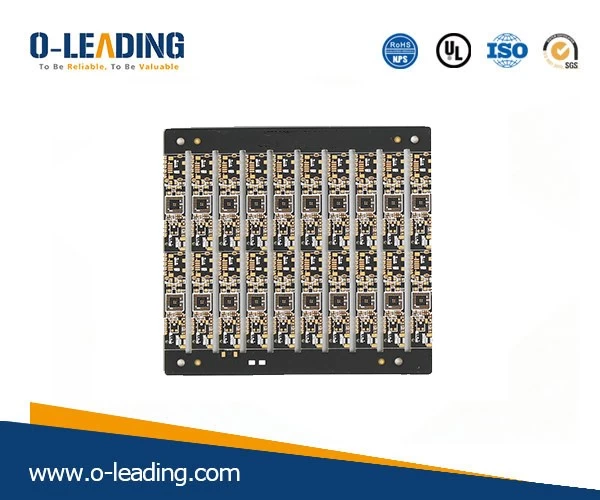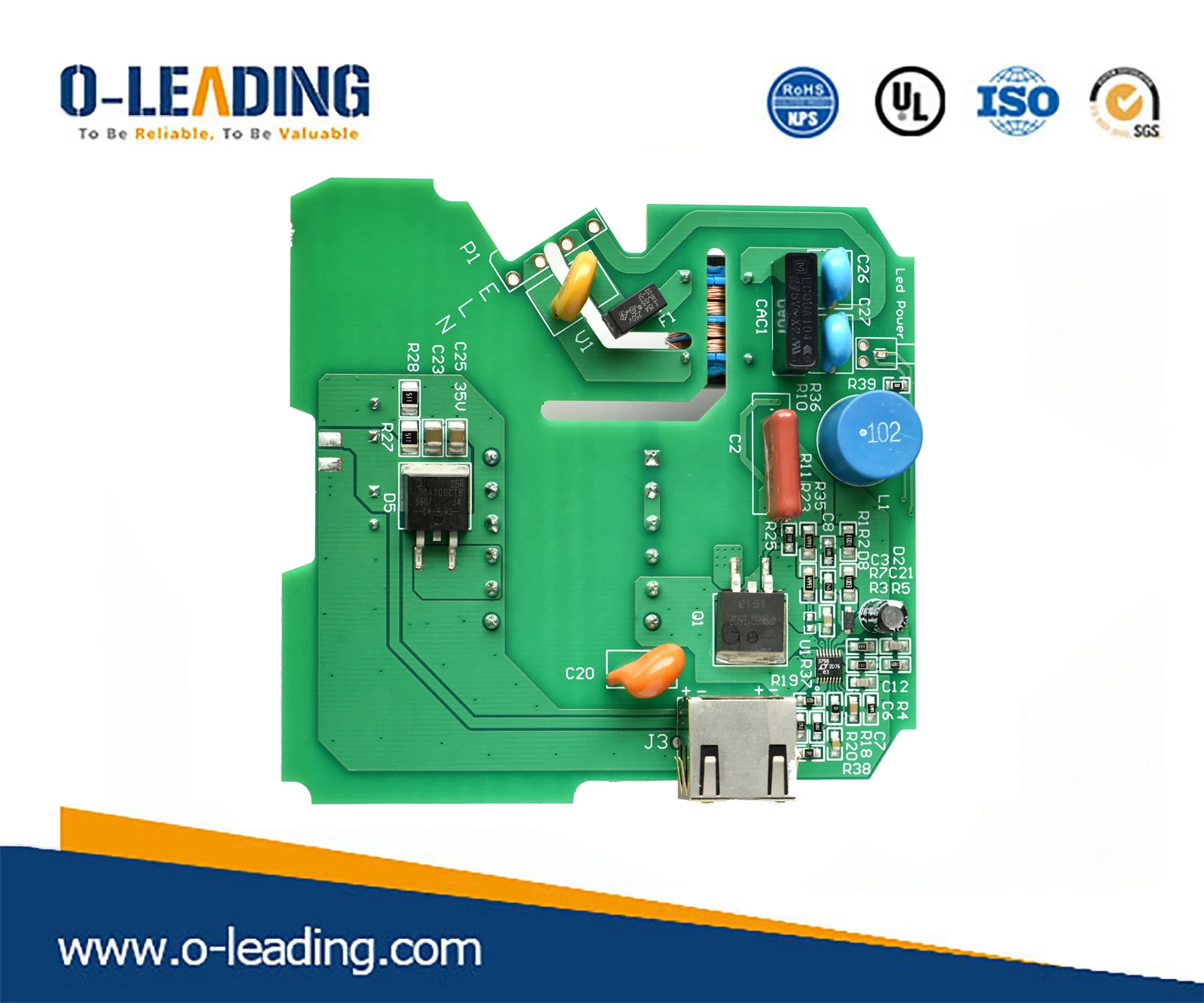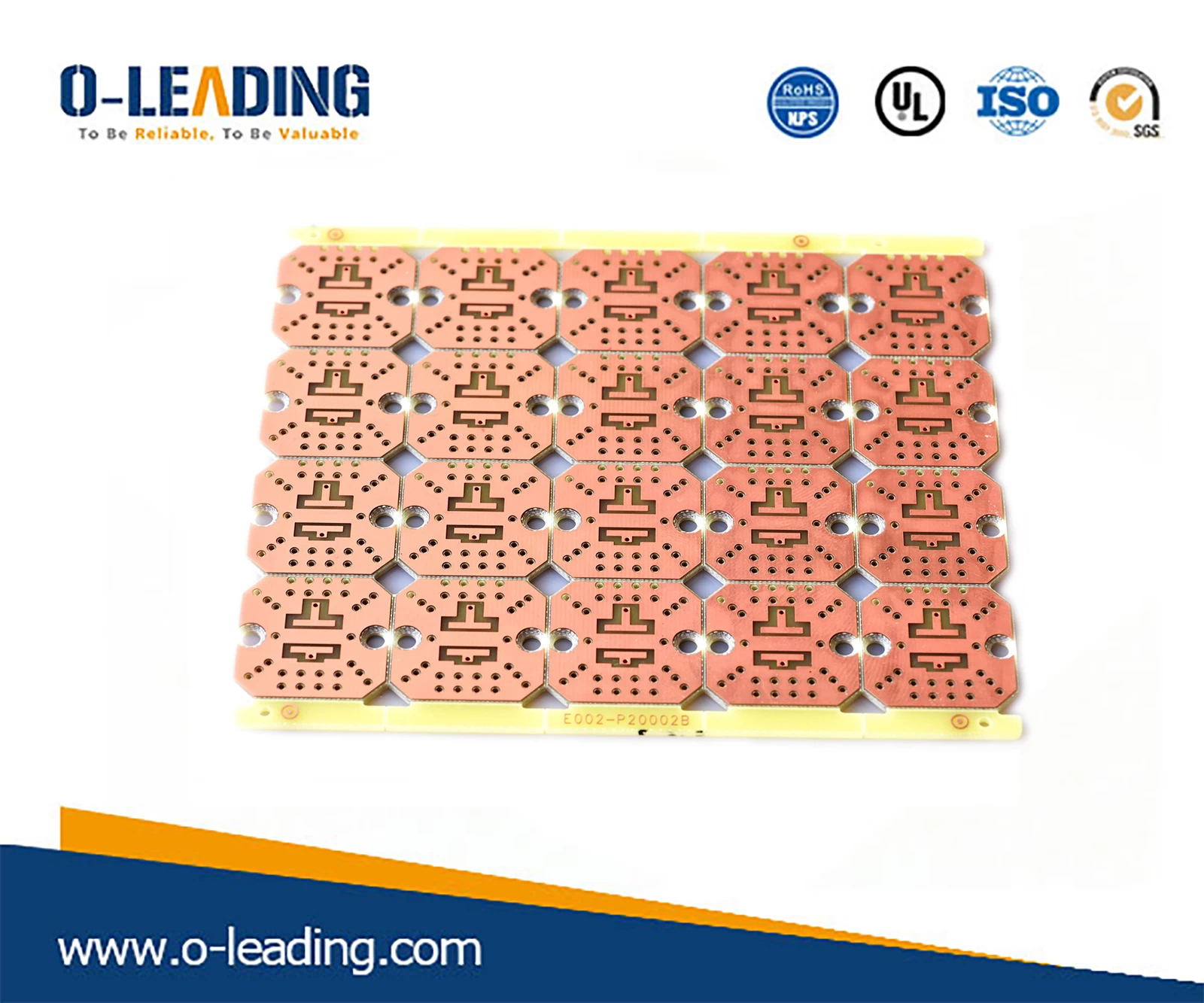What is the difference between PCB and FPC?
PCB is generally made of FR4 fiberglass board, also called hard board, which cannot be bent or flexed. PCBs are generally used in places where there is no need to bend and have relatively hard strength, such as computer motherboards, mobile phone motherboards, etc. HDI PCB manufacturer china.

The FPC, in fact, is a kind of PCB, but it has a great difference with the traditional printed circuit board. It is called a soft board and is called a flexible circuit board. FPC generally uses PI as a substrate and is a flexible material that can be bent and flexed arbitrarily.
FPCs generally operate on links that require repeated flexing and small parts, but now it's not just that. At present, smartphones are trying to be bendable, which requires the use of FPC as a key technology.
Flex-Rigid PCB factory china.

In fact, FPC is not only a flexible circuit board, but also an important design method for establishing a body circuit structure. This structure can be combined with other electronic product designs to construct a variety of different applications. Therefore, from this point Look, FPC is very different from PCB.
For the PCB, unless the line is made in a three-dimensional form by means of a film-filled glue, the board is flat in general. Therefore, to make full use of the three-dimensional space, FPC is a good solution.
High Frequency PCB wholesales china.

In terms of hard boards, the current space extension scheme is to use slots and interface cards, but the FPC can make a similar structure with the transit design, and the directional design is also more flexible. With a piece of connected FPC, two hard boards can be connected into a set of parallel line systems, or they can be turned into any angle to suit different product shapes.
FPC can of course be connected by terminal connection, but soft and hard boards can also be used to avoid these connection mechanisms. A single FPC can configure many hard boards and connect them by layout. This approach eliminates connector and terminal interference and improves signal quality and product reliability.
































